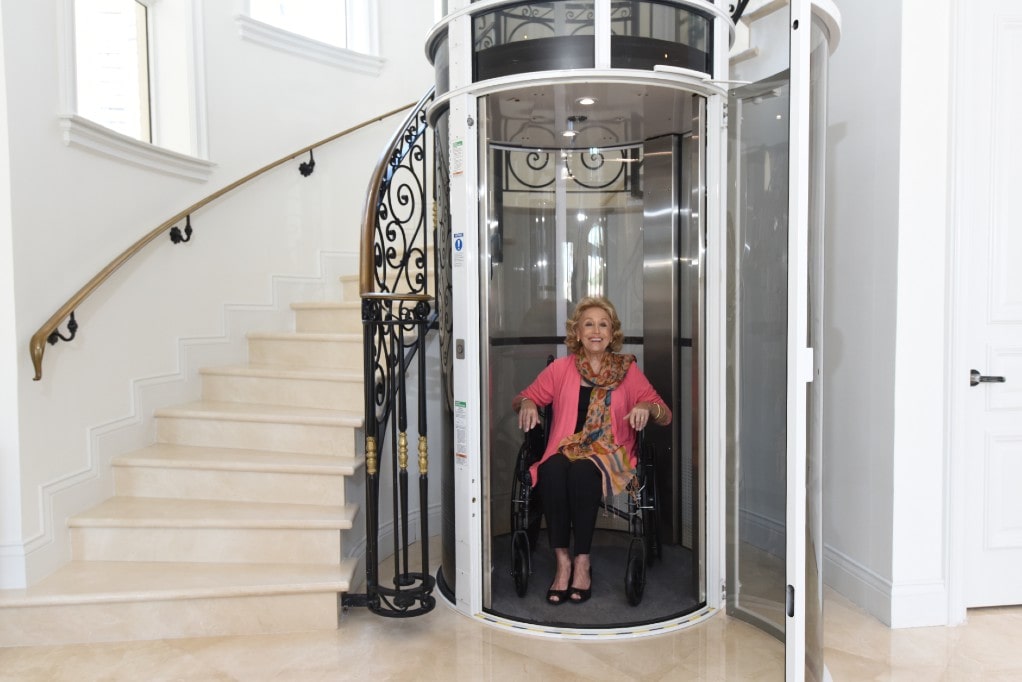London Lift Company: Providing Comprehensive Lift Solutions Throughout the Resources
London Lift Company: Providing Comprehensive Lift Solutions Throughout the Resources
Blog Article
Delving Into the Globe of Lifts: Typical Problems Dealt With by Numerous Lift Devices
As we navigate via the upright transport systems of modern-day buildings, lifts stand out as a vital component of our day-to-day lives. From hydraulic elevators to grip systems and machine-room-less designs, each lift type comes with its collection of common concerns.
Hydraulic Elevators
Hydraulic elevators, frequently favored for low-rise buildings, utilize fluid stress to regulate the motion of the lift cars and truck (lift repair companies). This mechanism involves a hydraulic pump pushing oil right into a cylinder, causing the lift to relocate the wanted direction. While hydraulic lifts are understood for their peaceful and smooth operation, they do include their own set of common concerns
One common problem with hydraulic lifts is oil leak. The seals in the hydraulic system can put on out over time, resulting in oil infiltration. This not only develops a mess however can additionally influence the elevator's performance if left unaddressed. Furthermore, issues with the control system, such as malfunctioning valves or a malfunctioning pump, can create disruptions in the elevator's motion.
Normal upkeep and timely repairs are important to guarantee the smooth functioning of hydraulic lifts. By attending to these common issues proactively, building proprietors can lessen downtime and guarantee the safety and performance of their vertical transportation system.
Grip Elevators
When taking into consideration upright transportation systems in structures, one more typical kind other than hydraulic elevators is the grip elevator. Grip lifts operate using a system of ropes and weights that relocate the elevator vehicle by gripping onto the hoist ropes. This mechanism enables smoother and much faster upright transport contrasted to hydraulic systems.
One of the typical problems dealt with by traction lifts is rope wear. The continuous movement of the ropes within the grip system can cause tear and wear over time, possibly creating the elevator to malfunction or become hazardous for use. Normal assessments and maintenance of the ropes are important to ensure the lift's appropriate functioning and safety and security.
One more problem that traction lifts may run into is associated with the control system. Troubles with the control system can result in concerns such as unpredictable activity, delays in reaction times, or also total closures. Routine screening and maintenance of the control system are important to prevent such problems and make certain the elevator's integrity.
Machine-Room-Less (MRL) Elevators

One of the key parts of MRL elevators is the portable gearless traction equipment that is set up within the hoistway. This machine successfully drives the elevator car without the demand for bulky tools discovered in traditional grip elevators. In addition, MRL elevators commonly utilize a counterweight system to balance the auto, additional enhancing their power efficiency.
In spite of their benefits, MRL elevators might deal with challenges associated with upkeep and repair work due to the constrained room for equipment setup. Accessibility for servicing components within the shaft can be limited, needing specialized training check for technicians. Proper maintenance routines and normal inspections are important to make certain the ongoing Your Domain Name smooth operation of MRL elevators.
Overloading and Weight Limit Issues
Overwhelming and weight limit issues are vital issues in elevator procedures. Lift suppliers layout raises with certain weight abilities to make sure traveler security and devices durability.
When elevators are strained, it places extreme strain on the electric motor, cords, and other components, potentially creating failures or malfunctions. If they discover excess weight, safety systems such as sensing units and overload sensors are in area to stop elevators from relocating. Additionally, going beyond weight limits can bring about enhanced power consumption and damage on the elevator system.
To alleviate overloading problems, building managers need to prominently show weight limits in elevators and enlighten occupants on the relevance of adhering to these limitations - lift repair companies. Normal maintenance checks by qualified technicians can likewise aid ensure that elevators are running within secure weight parameters. By resolving overloading and weight limit problems proactively, structure proprietors can enhance lift safety and performance
Electrical System Failings
Surpassing weight limits in lifts can not only bring about mechanical issues yet likewise potentially add to electric system failings within the lift infrastructure. Electric system failings are an essential issue in lift operation, as they can cause unanticipated closures, malfunctions, or also safety risks. One typical electric concern find more info is the getting too hot of components due to excessive present circulation brought on by overloading the elevator past its ability. This can bring about damage to the control, motor, or wiring systems, resulting in costly repairs and downtime.
Furthermore, power surges or fluctuations in the electric supply can additionally disrupt the elevator's operation, impacting its performance and safety and security. These electric disruptions can harm sensitive elevator components such as control board, motherboard, or sensors, leading to system failings. Routine maintenance and examinations are critical to determine and address possible electrical concerns quickly, ensuring the secure and efficient procedure of elevator systems. By sticking to weight limits and performing routine electric system checks, building proprietors can mitigate the danger of electric failures in lifts.
Final Thought

Hydraulic lifts, typically chosen for low-rise buildings, make use of fluid stress to control the movement of the lift cars and truck.When thinking about vertical transportation systems in buildings, an additional common type apart from hydraulic lifts is the grip lift. Grip lifts run utilizing a system of ropes and counterweights that relocate the elevator vehicle by gripping onto the hoist ropes. Unlike traditional lifts that require a different equipment space to house the equipment, MRL elevators integrate most of the elements within the shaft, eliminating the need for a devoted machine space.In final thought, elevators face common issues such as hydraulic breakdowns, grip system failings, and electrical system issues.
Report this page